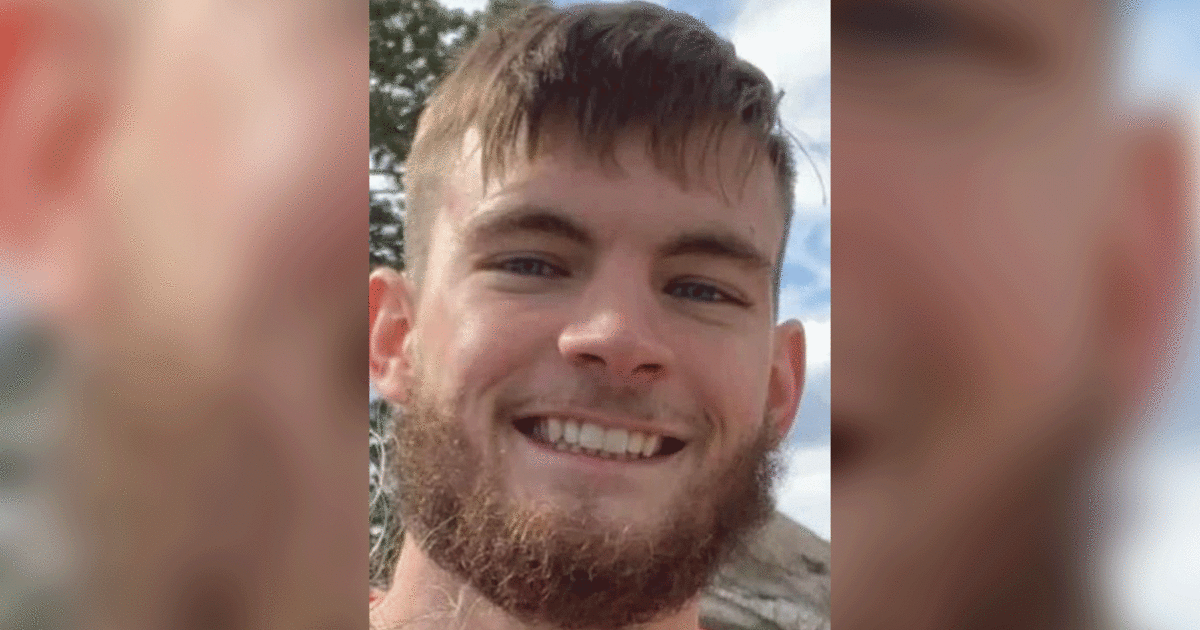North Texas Researchers Working On Alzheimer's Cure
Follow CBSDFW.COM: Facebook | Twitter
DALLAS (CBS11) - As the nation mourns the passing of legendary basketball coach Pat Summitt, experts say her very public battle with Alzheimer's continues to raise awareness and therefore support for funding in the fight for a cure.
"The research was actually lagging behind, because the research dollars weren't there," says Diana Kerwin, MD. But, that is slowly changing. Dr. Kerwin is a geriatrics specialist with Texas Health Resources, specializing in memory disorders. She also sits on the local and national Alzheimer's Association boards.
According to Dr. Kerwin, millions in research dollars are pouring into North Texas right now to fund groundbreaking research. Significant clinical studies are underway involving local experts at both UT Southwestern Medical Center and Texas Health Resources. "It's a different disease diagnosis than it was 5 or 10 years ago because there is so much more on the horizon."
For example, could exercise be Alzheimer's silver dagger? According to researchers at Texas Health's Institute for Exercise and Environmental Medicine, many of the risk factors for Alzheimer's disease are the same as those for cardiovascular disease: high blood pressure, high cholesterol and a sedentary lifestyle. "We know that the most potent strategy to prevent Alzheimer's disease is physical activity," says Benjamin Levine, MD. Dr. Levine is the Director of the IEEM. "Exercise reduces the risk of Alzheimer's by as much as 50 percent in multiple studies."
In one study, researchers want to follow high risk patients using new imaging tools that can now track the build-up of brain plaque believed to be a key characteristic of Alzheimer's. "And if we can show that intervention can slow that, that'll be remarkable," says Dr. Levine, "that's never been shown before."
Researchers acknowledge that Alzheimer's is still a terrifying diagnoses. According to the Alzheimer's Association, some five million Americans now live with the disease—and another is diagnosed every 66 seconds. Minorities and women are at greatest risk. Still, the landscape is changing.
"There's prevention, there are treatments, and the research is just exploding," says Mary Ellen Quiceno, MD. Dr. Quiceno is an Associate Professor of Neurology & Neurotherapeutics at UT Southwestern. She says it is a critical advancement to be able to use technology to create brain images that diagnose Alzheimer's long before patients begin to experience memory loss or symptoms.
"We believe it starts many years before a person has symptoms," says Dr. Quiceno, who also serves as the Director of the University's Cognitive & Memory Disorders Clinic. "So you may not know it's affecting you or may affect you in the future. But, since we can image the brain now, we can see it." According to Dr. Quiceno, being able to pinpoint physiological changes in the brain, rather than relying on behavioral cues, will allow doctors to diagnose the disease sooner—and begin treatment.
Imaging technology removes the guesswork, and also allows researchers to determine if treatments are working.
"We can see Alzheimer's in the living brain," says Dr. Quiceno. "We're starting to use drugs that modify the disease. It's not just covering up or managing the symptoms, it's actually maybe slowing down the disease process in the brain." And then adding, "I want people to have hope."
There are several local clinical studies that still need participants. North Texans between the ages of 65 and 85 are needed to study changes in the brain over time. Call 214-345-4449 to get more information.
After all, if Alzheimer's hasn't touched you yet, statistics suggest it will.
(©2016 CBS Local Media, a division of CBS Radio Inc. All Rights Reserved. This material may not be published, broadcast, rewritten, or redistributed.)



